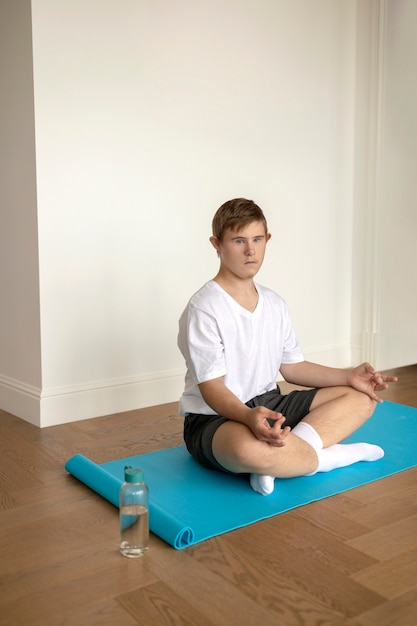Content:
If you’re dealing with urinary issues, pelvic pain, or discomfort during intercourse, pelvic floor therapy might be the solution you need. This therapy is highly effective for a variety of painful and disruptive conditions associated with the pelvic floor.
The pelvic floor includes a group of muscles, tendons, ligaments, nerves, and connective tissues that support the pelvic region. Both men and women have a pelvic floor, although there are some differences. In women, it supports the bladder, uterus, vagina, and rectum. In men, it holds the bowel, bladder, urethra, and rectum. The pelvic floor muscles attach to the pubic bone at the front and the tailbone at the back.
The pelvic floor is crucial for bladder and bowel control in both men and women because it supports these organs. It’s also vital for sexual health. Men with a weak pelvic floor might experience erectile dysfunction, while women with a tight pelvic floor could find intercourse painful. A dysfunctional pelvic floor can lead to urinary issues, particularly in adults and teenagers who play high-impact sports.
Pelvic floor issues can vary widely and may include bladder pain, constipation, bowel incontinence, endometriosis, frequent urination and urinary incontinence, groin, lower abdominal, pubic, or tailbone pain, pelvic asymmetry, pain, or organ prolapse, prostatitis, and urinary dysfunction from impact sports.
While some pelvic floor issues may need surgery, many can be addressed with physical therapy. It’s a great option for those who prefer to avoid surgery. If your pelvic floor symptoms are affecting your quality of life, you might want to consider this therapy.
Treatment includes exercises, movement coordination, and manual techniques. Electronic therapies like biofeedback, which uses painless electrodes, can also be helpful in improving bladder function. Sometimes, an internal exam is necessary to properly assess your pelvic floor.
Typically, therapy involves one appointment per week for about eight weeks, but this can vary based on your specific needs and goals.
After completing pelvic floor therapy, you may enjoy benefits like resuming favorite sports, starting a family, living without incontinence.
You should start seeing improvements within the first few sessions. If not, adjustments can be made. Recovery is different for everyone, so talk to your therapist about any progress or setbacks. Once you meet your goals, consider periodic check-ins with your therapist. To get started, you’ll need a referral from a physician, such as an OB-GYN for women or a urologist for men.

